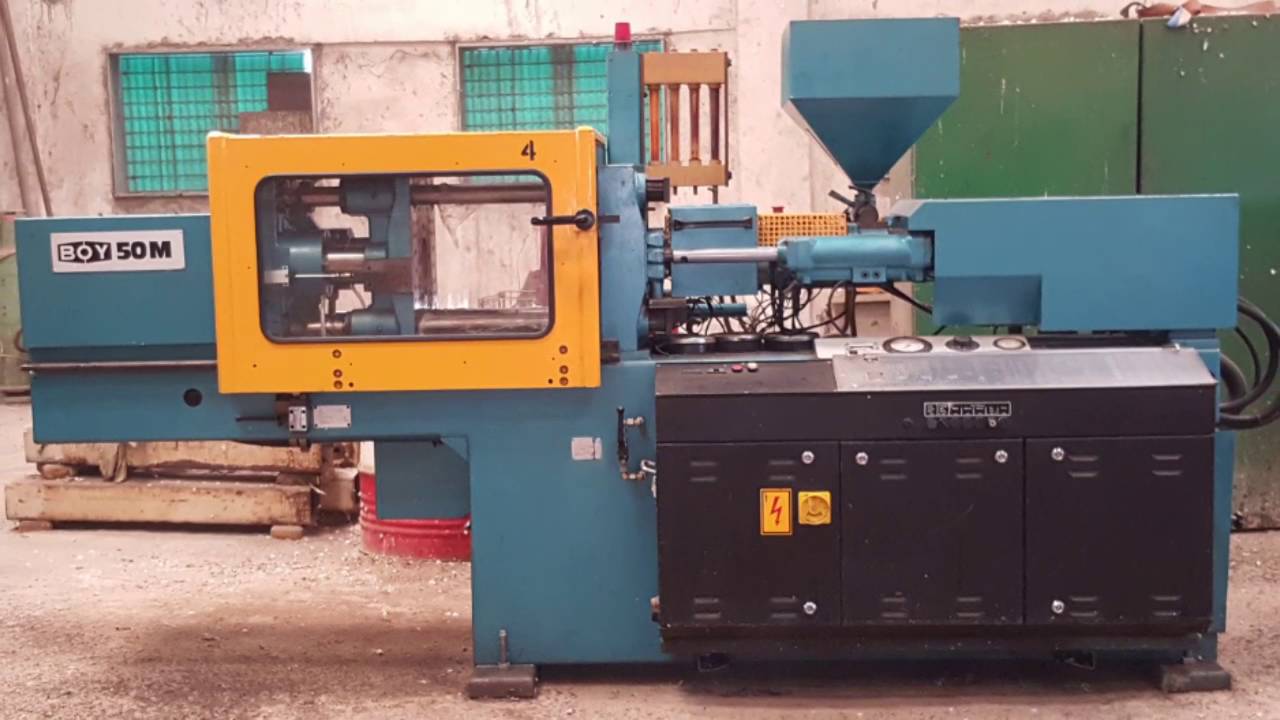
When it comes to preformed plastic anything chances are it was made using injection molding. Everything from Legos to toothbrush handles and a million other plastic parts besides are created with this manufacturing method.Injection molding can use more than just polymers. The process can be used with metals, glass,elastomers, confections, and any other material that can be turned into a liquid or paste with the addition of heat. Molded parts can be tiny or huge, including full car body panels.
For the curious as to how these are made the question comes up about the process, including the injection molding machines made to fill the mold or die that is the form for the final plastic part. A machine like this typically has a material hopper for the polymer being used, and injection ram or screw-type plunger used to fill the mold, a heating unit, and a clamping unit. Some places call these machines injection presses, because the mold or die is also clamped by the unit to ensure that the material properly fills it.
Molds or dies can be held in either a horizontal or a vertical manner. Typically niche uses use vertical positioning for the die to allow gravity to aid in the creation process. The clamping unit can use manual, hydraulic, or magnetic clamps to hold the mold. Fast changes of die types benefit from magnetic or hydraulic clamp types. Hydraulic presses are the oldest type aside from manual ones, and are widely used, although are less precise than newer methods, and even mechanical presses have the advantage of maintaining consistency over hydraulic ones.
Electric presses are newer, more energy efficient, and have lower carbon footprints than older hydraulic presses. They are more expensive models of injection molding machines however, and many industries continue to use older technology because of upgrade costs. In situations where sound, speed, and accuracy are important, electronic presses are typically the best choice. There are also hybrid models that use both hydraulic and electric features, but the overall cost to run them is the same as they pure hydraulic models.
Perhaps the biggest task in creation of molded plastic is not the selection of the injection press type but the mold creation process. A good design will take into account cold runner (where the plastic cools in the channel) or hot runner (where the plastic remains heated in the channel) factors, the type of polymer used, and the location of areas that are not visibly perfect. Not only do the molds need to be carefully made, but the parts themselves must be designed for this process. When designers and die makers come together and both understand the material quality, shaping and features of the final product, the molding material, and how the machine itself works the process is very versatile.
Mold materials can be in tool grade steel, stainless steel, or aluminum. Aluminum is favored for low number presses and fast design changes because it is cheap to work with and easy to fabricate. It does not hold up to high numbers of presses however. Tool grade steel on the other hand can make million of parts before showing wear. This tends to bring the cost of the creation of the mold into perspective as cost per use can be significantly lower with the increased numbers of parts gained per die.
Injection molding machinesare part of many manufacturing processes and industries. We are surrounded by products created through injection molding. These machines form the workhorses of part creation. Our playthings and our vehicles and everything between would be vastly different without them.
